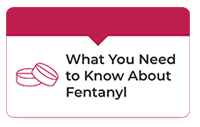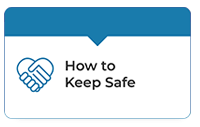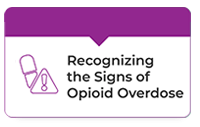
Fentanyl Resources
In the United States, fentanyl is one of the most common drugs involved in fatal overdoses.
This resource provides information to keep you and your family safe.
![]()
![]()
Fentanyl: What You Need to Know
What is fentanyl?
- Fentanyl is a prescription drug that is also made and used illegally. Pharmaceutical fentanyl is used in surgery or to treat patients with severe pain. The main public health concern is over illicitly manufactured fentanyl and related compounds.
- Fentanyl is about 50 times stronger than heroin, which means it is more likely to cause overdose.
What are the risks of fentanyl?
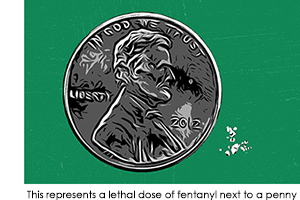 According to the CDC, over 200 people die every day in the United States from overdoses involving synthetic opioids like fentanyl. Fentanyl is involved in about 70% of the 110,000 overdose deaths each year.
According to the CDC, over 200 people die every day in the United States from overdoses involving synthetic opioids like fentanyl. Fentanyl is involved in about 70% of the 110,000 overdose deaths each year.- Fentanyl is frequently substituted for or mixed into other drugs like heroin, cocaine, and methamphetamine with or without the individual knowing.
- Fentanyl can be made or distributed in different forms, including liquid and powder, making it easily blended with other drugs, including pressed into fake pills. The fake pills may look like prescription opioids or anti-anxiety medications.
- About 2 milligrams of fentanyl is considered a lethal dose. That’s only about the size of 5-7 grains of salt.
What is Xylazine?
- Xylazine, also known as “tranq,” is a powerful non-opioid sedative that is approved for use in animals, but not people.
- It is increasingly being added to illicit opioids, including fentanyl. In 2023, over 99% of xylazine-positive urine specimens from over 73,000 patients from various healthcare specialties also contained fentanyl and 16% of fentanyl-positive specimens contained xylazine.
- The presence of xylazine and fentanyl in drugs may put individuals at a higher risk of a fatal overdose. Xylazine use can also lead to skin ulcers, abscesses, and related complications.
How to Keep Safe
Why is this information important for you and your child?
- For people who are pregnant, using illicit opioids or taking prescription opioids at higher doses or for longer than recommended by their health care providers may increase the risk for pregnancy-related problems, including:
› Poor growth of the baby
› Low levels of amniotic fluid (fluid that surrounds baby in the uterus)
› Stillbirth
› Preterm delivery
› Neonatal opioid withdrawal symptoms - It is nearly impossible to tell if drugs contain fentanyl or xylazine without using test strips or other drug checking methods.
How can you keep yourself and your family safe?
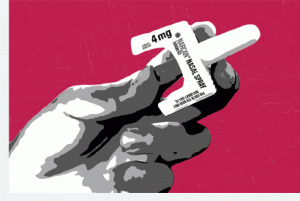 Learn to recognize the signs of opioid overdose.
Learn to recognize the signs of opioid overdose.- If you think someone is experiencing a drug overdose:
› Call 911 immediately
› Administer naloxone, if available
› Lay the person on their side to prevent choking
› Don’t leave the person until medical help arrives - Naloxone, also known as Narcan, is a life-saving medication that can reverse opioid overdoses. It’s available without a prescription in most pharmacies.
- Looking for Naloxone? Visit www.naloxoneforall.org
- Fentanyl test strips are small strips of paper that can indicate the presence of fentanyl in different kinds of drugs (cocaine, methamphetamine, heroin, etc.) and drug forms (pills, powder, and injectables) to help reduce the risk of accidental exposure.
- Fentanyl test strip availability varies by state.
› Contact your local health department or harm reduction agency to learn more about fentanyl test strips.
![]()
Recognizing the Signs of Opioid Overdose
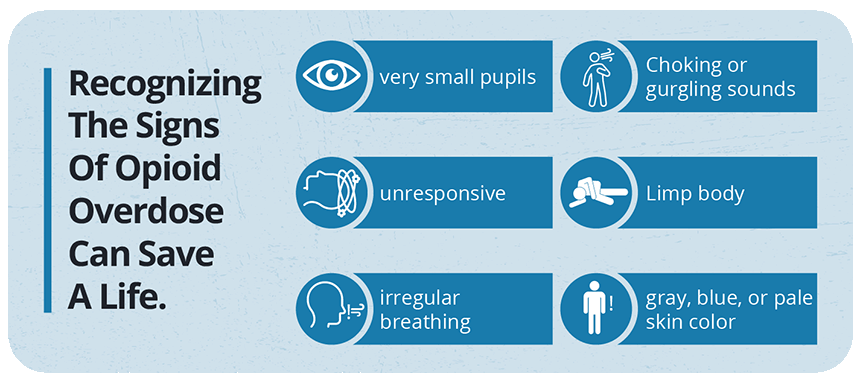
SAVE A LIFE FROM OPIOID OVERDOSE: cdc.gov/rx-awareness/prevent
Information about treatment options for substance use disorders:
To find treatment and service options near you, visit FindTreatment.gov or call the 24/7 National Helpline at 800-662-HELP (4357).
![]()
